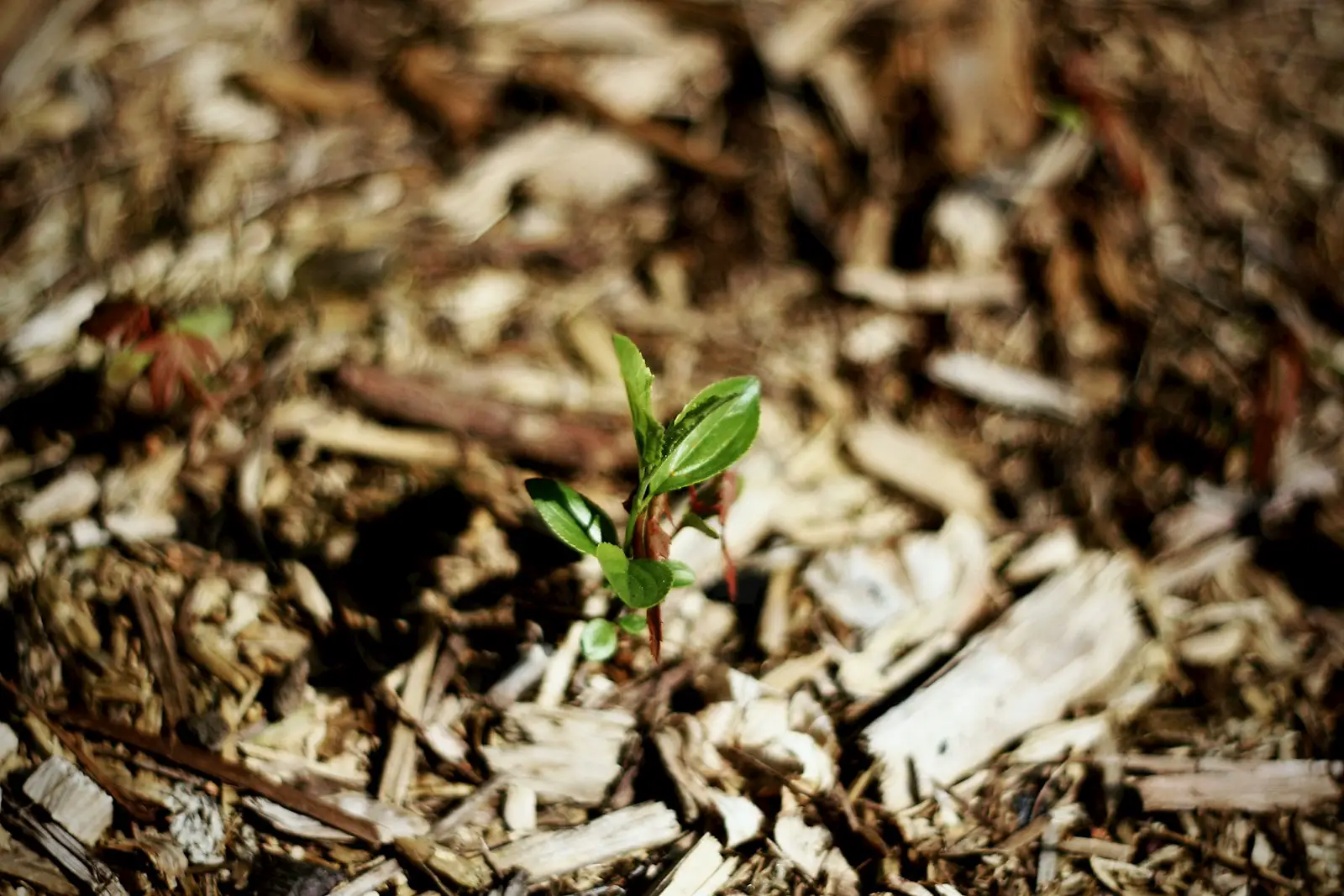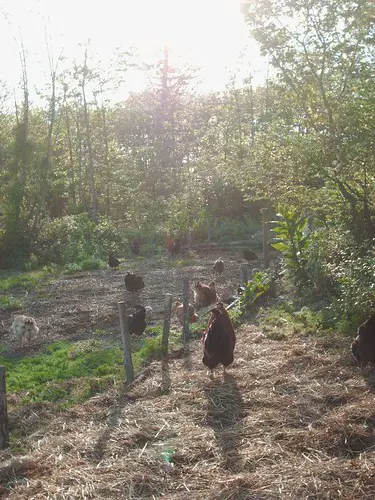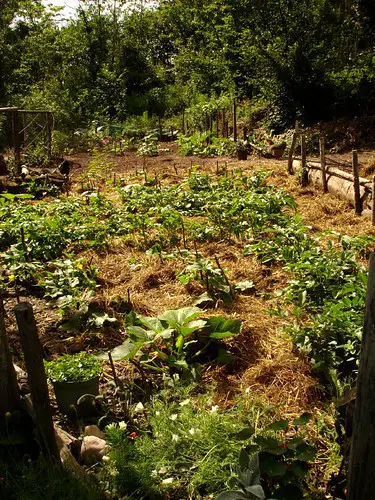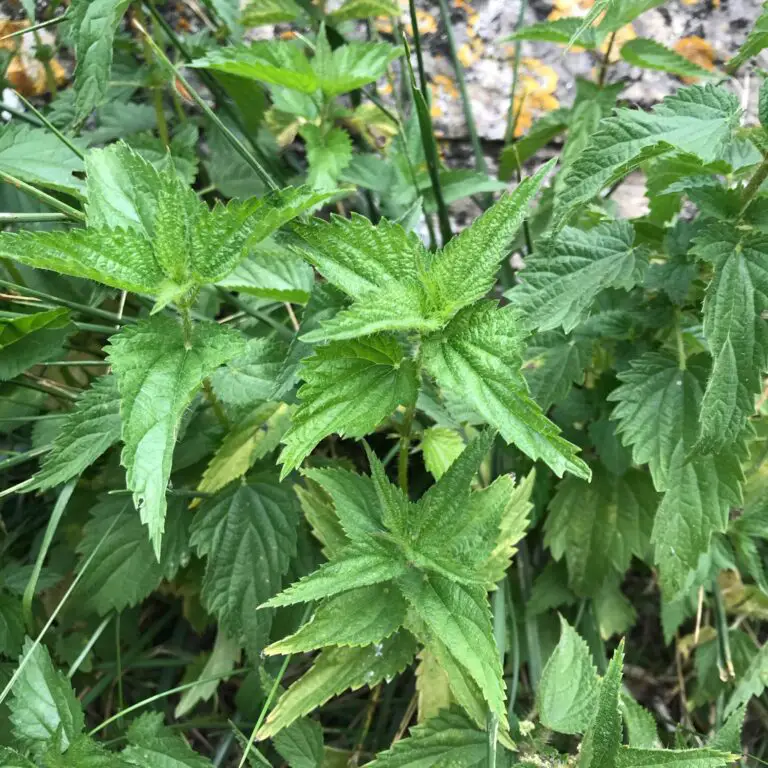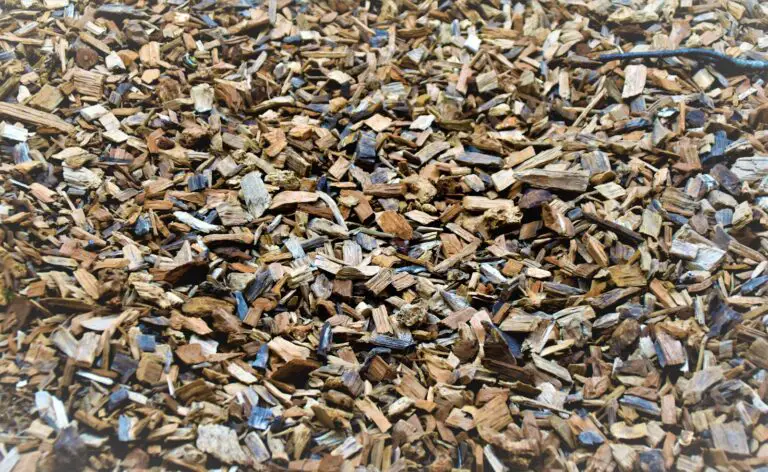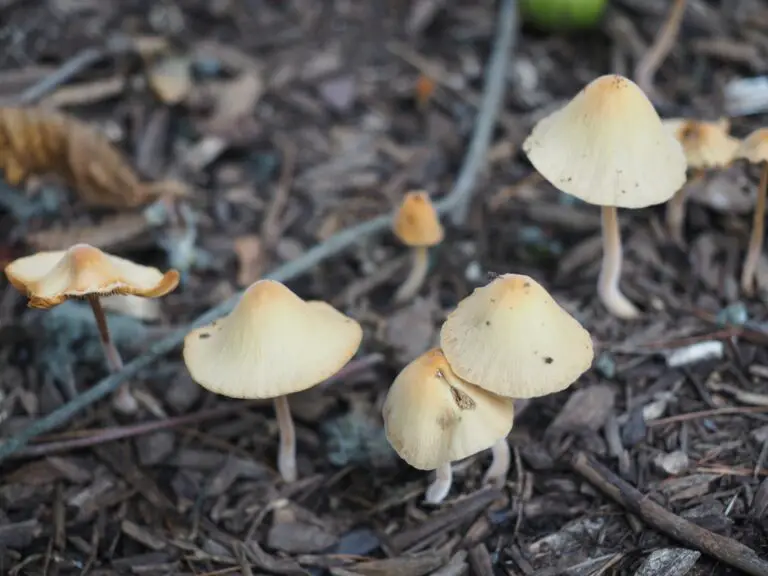Mastering Mulch: Calculating the Ideal Thickness for Your Garden
Gardening enthusiasts understand the transformative power of mulch. This simple layer of organic (or inorganic) material has a ripple effect on plant health, soil quality, and the aesthetic appeal of our garden spaces. Yet, too often, the vital consideration of mulch thickness is left to mere estimation, leading to suboptimal benefits and potential issues. In this comprehensive guide, we will take a deep dig into why mulch thickness matters and how to calculate the perfect depth to bolster your garden’s vitality.
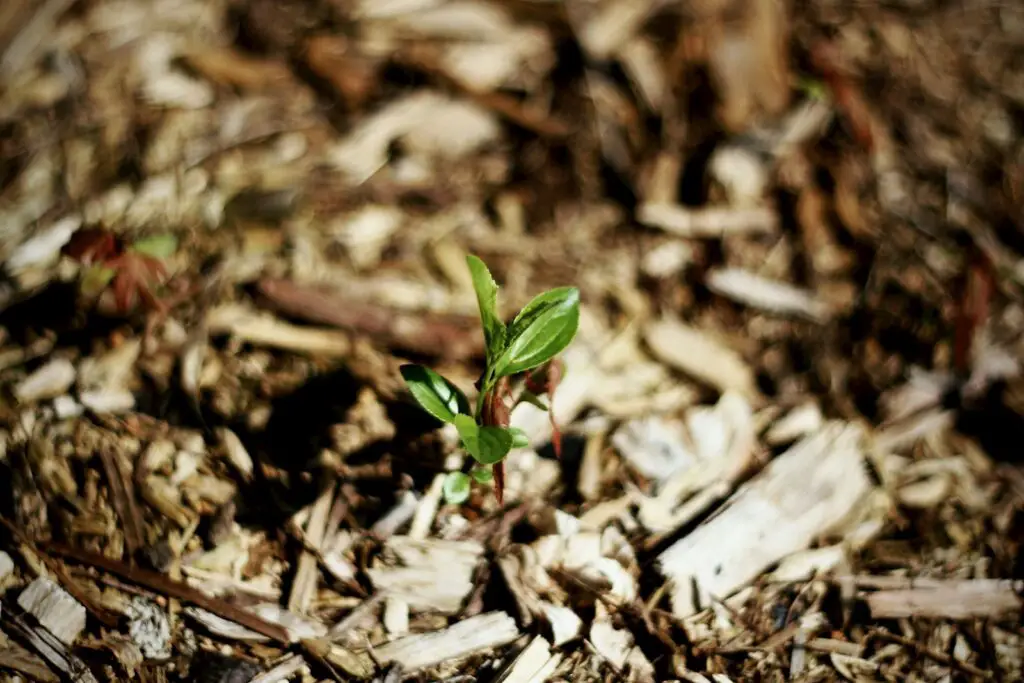
Mulch 101: Unearthing the Power of Proper Thickness
Mulch serves as a protective blanket for the soil, and its benefits are well-documented. Effective mulching can enhance soil structure, promote healthy root systems, reduce erosion, and much more. But to truly harness its potential, we must understand that not all mulch layers are created equal—thickness is key.
Defining Mulch Thickness
Simply put, mulch thickness is the depth of the mulch layer covering your garden soil. The right amount is crucial for reaping the most significant benefits. Too thin, and it won’t suppress weeds or insulate the soil; too thick, and it might smother plant roots, impede water penetration, or invite unwanted pests.
Impact on Garden Health
The depth you apply your mulch has a direct impact on several factors. It influences moisture retention, helping to maintain a consistent water supply to your plants. A balanced layer can also regulate soil temperature, protecting against extreme highs and lows. Additionally, it plays a significant role in preventing weed growth.
Calculating Your Mulch Needs
Getting the depth right isn’t just a guessing game—it’s a formulaic approach. The ideal thickness varies depending on a range of factors such as climate, type of mulch, and the plants you’re nurturing. Here’s how to make the calculations for your specific garden area.
Step-by-Step Guide
- Start with the Baseline: For most regions, a 2 to 4-inch layer of mulch offers a sweet spot.
- Measure Your Garden Beds: Use a tape measure to gather the dimensions of the area you plan to mulch.
- Consider Plant Varieties: Delicate or shallow-rooted plant species may prefer thinner mulch (1-2 inches).
- Factor in Climate: Hot and dry regions might benefit from a thicker layer to combat moisture loss, while cooler climates may require less to support plant insulation.
Tools and Methods for Accuracy
Make use of a few tools to ensure your measurement and application are precise. A depth gauge or a simple ruler can help you keep the layer consistent, especially larger areas. If you’re using mulch that decomposes, note that you will need to replenish as needed, so monitoring tools like gauges or stakes can be helpful.
Benefits of Balance
A well-calibrated mulch layer offers a trifecta of benefits that resonate through your garden’s ecosystem.
Moisture Mastery
The moisture-retention properties of mulch are legendary. It slows down evaporation, ensuring that water reaches deep down to the roots where it’s needed most.
Weed Suppression Science
Weeds need light to grow. A thick layer of mulch, when done right, blocks sunlight from weed seedlings and inhibits their growth.
Soil Stewardship
A protective layer keeps soil temperatures more consistent, which is especially crucial in extreme weather. It also mitigates erosion and nutrient leaching, preserving and enhancing the health of your garden soil.
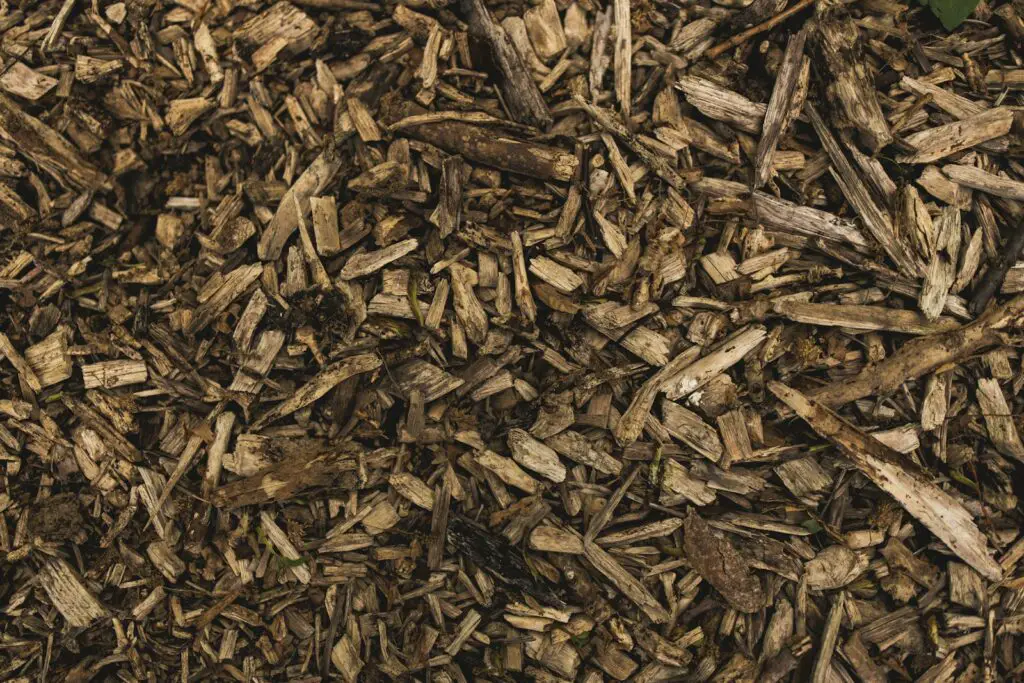
Application and Maintenance: The Gardener’s Touch
Mulch is as much art as it is science. How you apply and maintain it can enhance its effectiveness or diminish its potential.
Laying it Down
Be gentle with the placement of your mulch—don’t pile it up against plants like a volcano. Instead, create an even layer that tapers down at the base of your garden’s flora. Leave a bit of breathing room around the stems and trunks.
Seasonal Maneuvers
Weather doesn’t stand still, and neither should your mulch. Re-assess throughout the year—top up in spring when moisture is critical, thin out in summer heat for better aeration, or add a protective layer in colder months.
Vigilant Monitoring
Regular inspection will tell you a lot. An effective mulch layer should visually appear consistent and homogenous. It should also feel slightly moist without being soggy and be devoid of significant weed growth.
Cultivating Mulch Mastery
Your garden deserves the best, and mastering mulch thickness is a crucial step towards giving it just that. By following these guidelines, you’re not just calculating numbers but crafting a tailored approach to mulching that suits your individual garden needs. Remember, mulch is a partnership with your plants, and the depth of that relationship matters as much as the thickness of the mulch itself.
In the end, the effort to master mulch thickness pays off in a garden that’s not just beautiful but brimming with health. It’s a commitment that echoes nature’s cycles—laying down layers of protection, ready to nurture growth and life. Now, armed with the knowledge and care to tend to your garden’s needs, go forth and mulch with intention.

